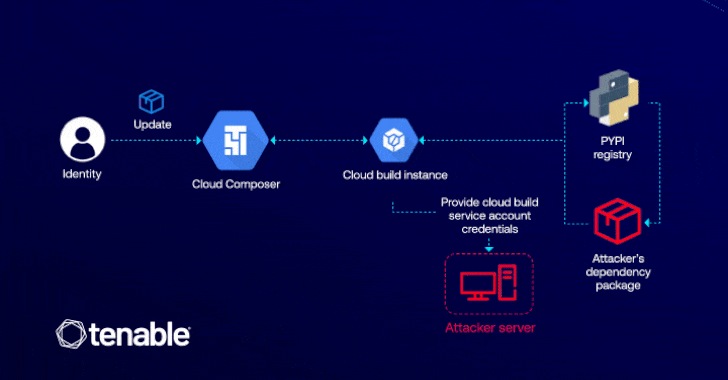Working with the Quantum Statistical Physics (PQS) group, Dengis developed a protocol for rapidly generating NOON states. “These states, which look like miniature versions of Schrödinger’s famous cat, are quantum superpositions,” he explains. “They are of major interest for technologies such as ultra-precise quantum sensors or quantum computers.”
The obstacle of time
The main challenge? Manufacturing these states normally takes far too long. We’re talking tens of minutes or more, which often exceeds the lifetime of the experiment. The cause? An energy bottleneck, a “sharp bend” in the system’s evolution that forces it to slow down.








